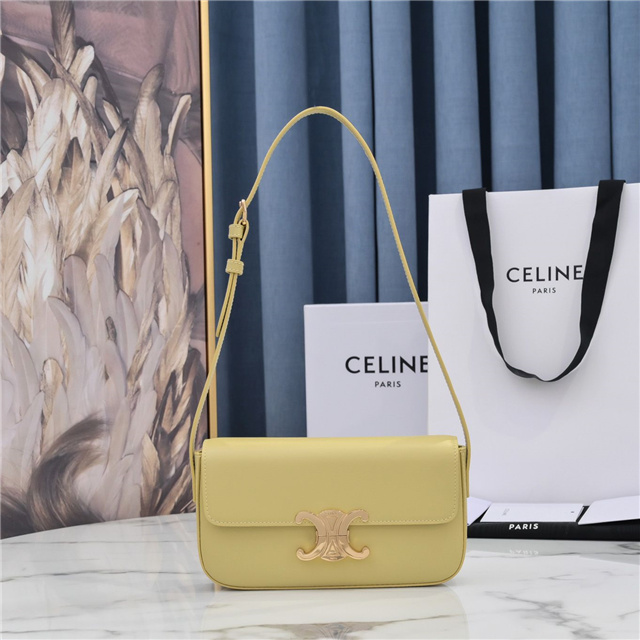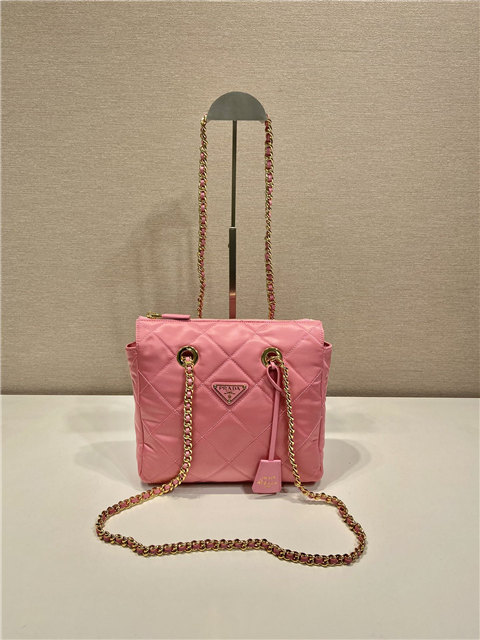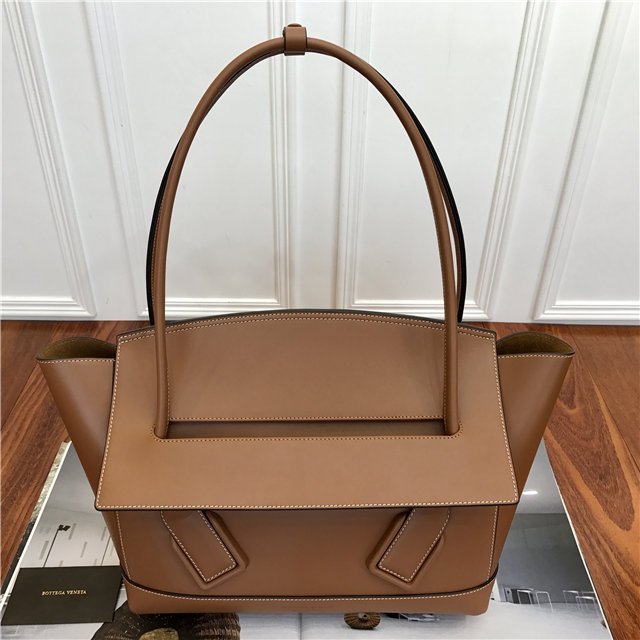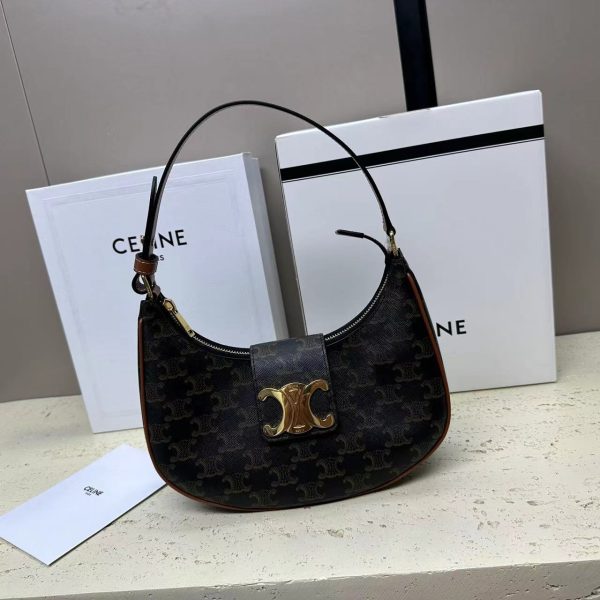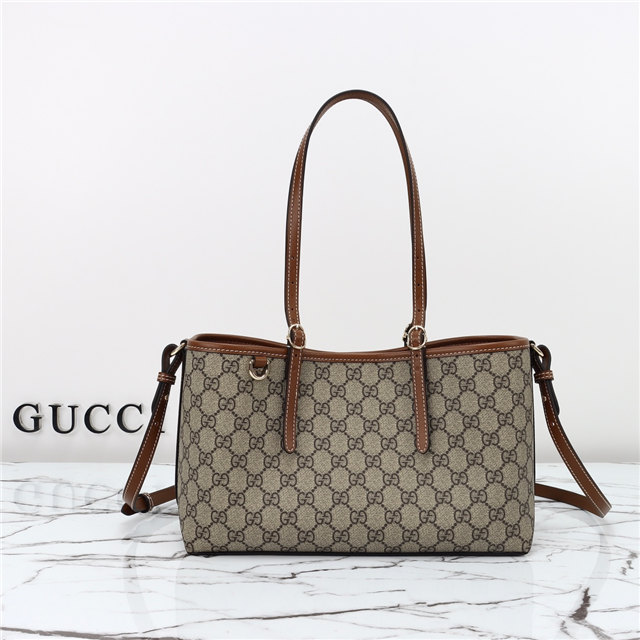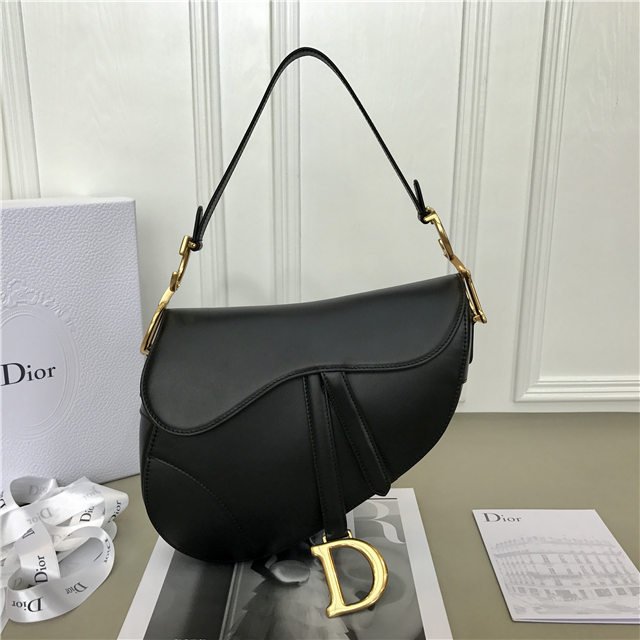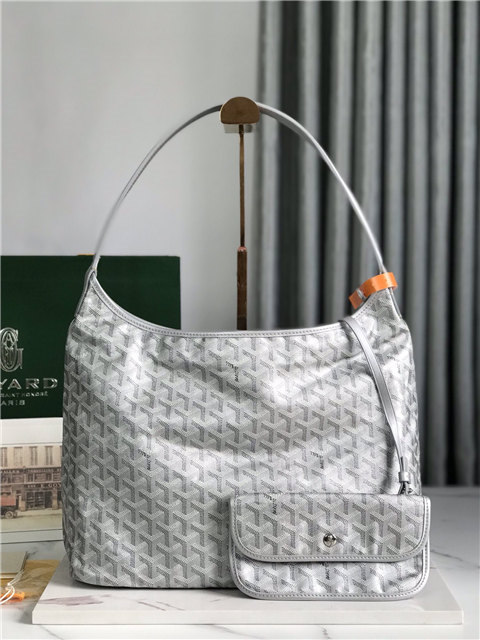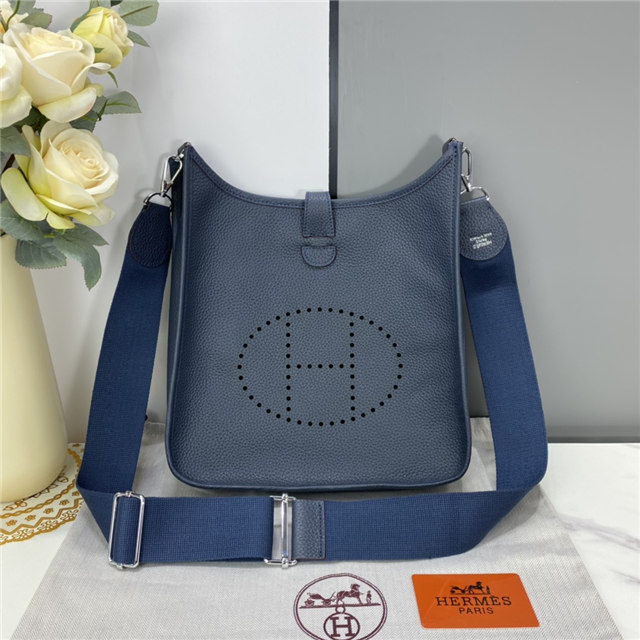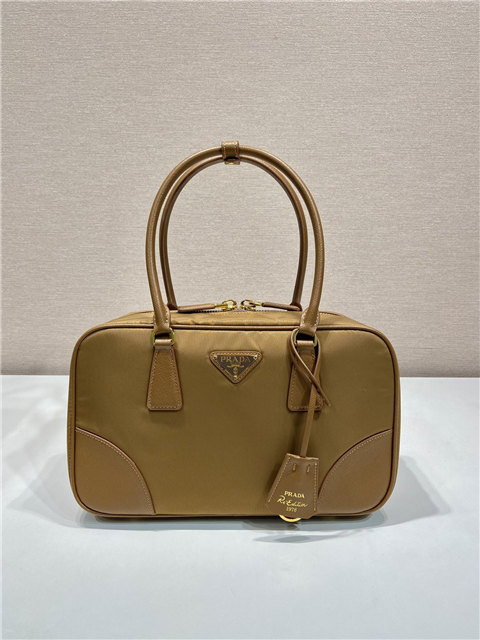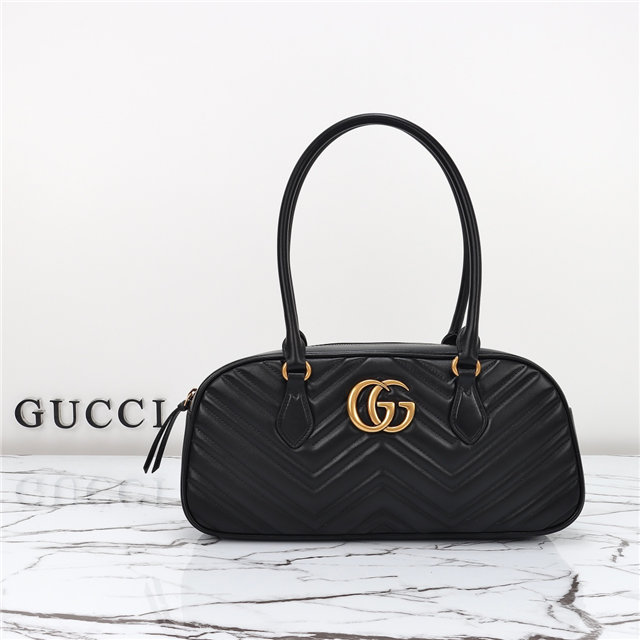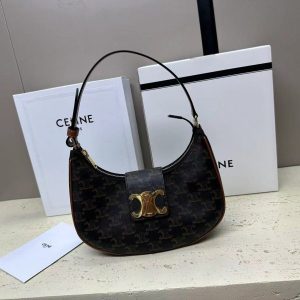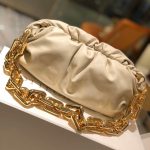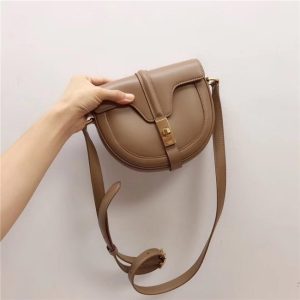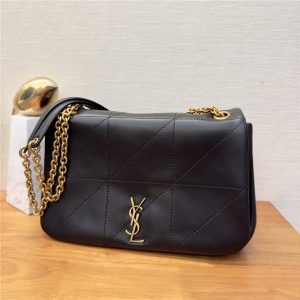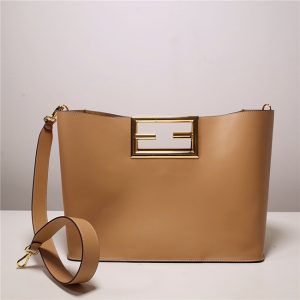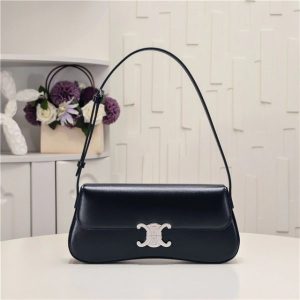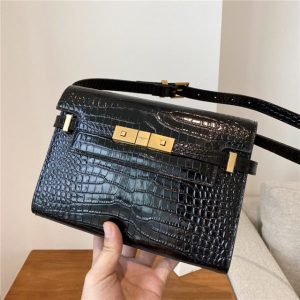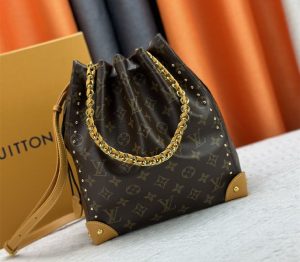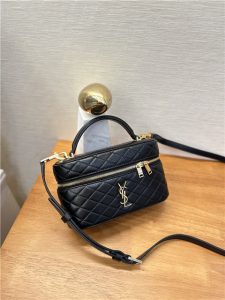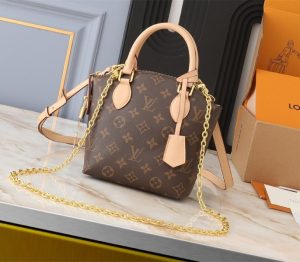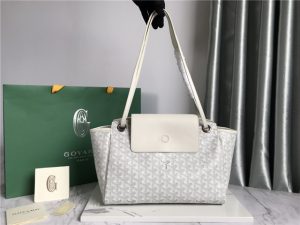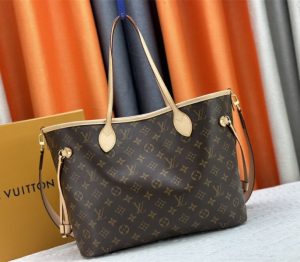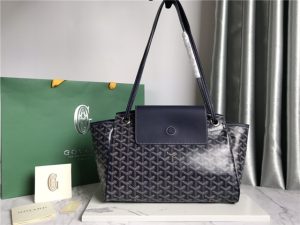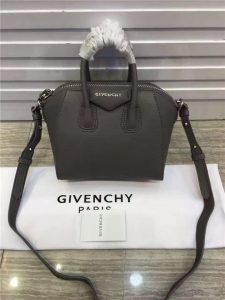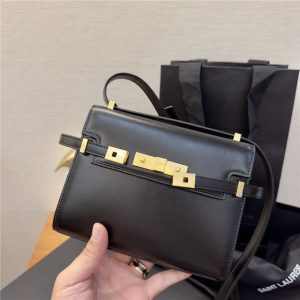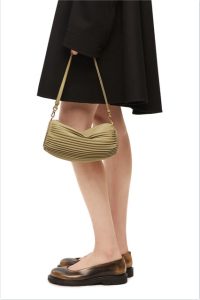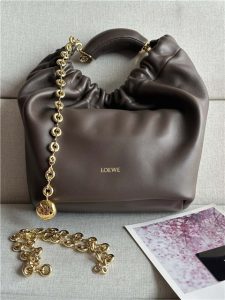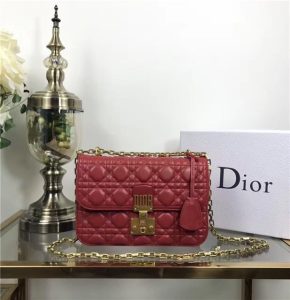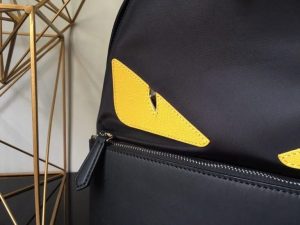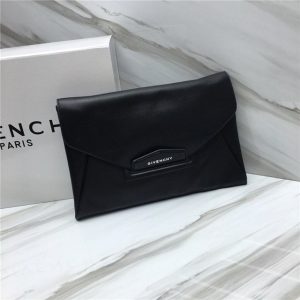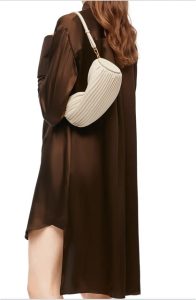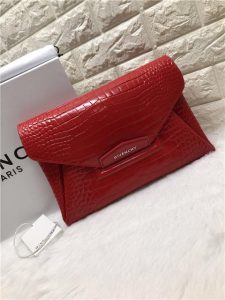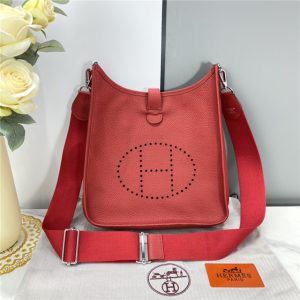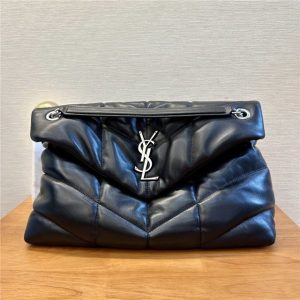So, where do you even start? Well, first thing’s first: *model number*. Seriously, check that baby against the official Ulysse Nardin website. Phony numbers are a HUGE red flag, especially dodgy ending digits. It’s like the fake watch guys are just *lazy* sometimes, ya know?
Now, I saw something about a Tressa diver from the 60s looking kinda similar to some Ulysse Nardins. This is where it gets tricky. Maybe somebody slapped a Ulysse Nardin dial on a Tressa? It’s possible. Vintage watches are a whole other beast. You gotta really know your stuff, or you’re gonna get burned.
And the movement… oh man, the movement. That’s the heart of the watch, right? If the movement doesn’t match what Ulysse Nardin is supposed to be using for that model, well, Houston, we have a problem! I read one dude was questioning his vintage Ulysse because the movement just didn’t seem right. Trust your gut! If something feels off, it probably is.
Then there’s the whole “feel” thing. This is totally subjective, I know, but hear me out. Does it *feel* like quality? Does the weight feel right? The dial, does it look crisp and clean, or kinda blurry and cheap? I mean, sure, sometimes my eyes play tricks on me, but a genuine luxury watch just *feels* different, you know?
I saw a comment somewhere about a watch saying “chronograph” on it when it definitely wasn’t a chronograph. LOL! Like, come on, guys! A little attention to detail, maybe? That’s just… bad.
Honestly, authenticating these things is a PITA. If you’re really unsure, get it to a professional. A watchmaker who knows Ulysse Nardin inside and out. It’ll cost you, but it’s better than getting stuck with a worthless piece of junk.

